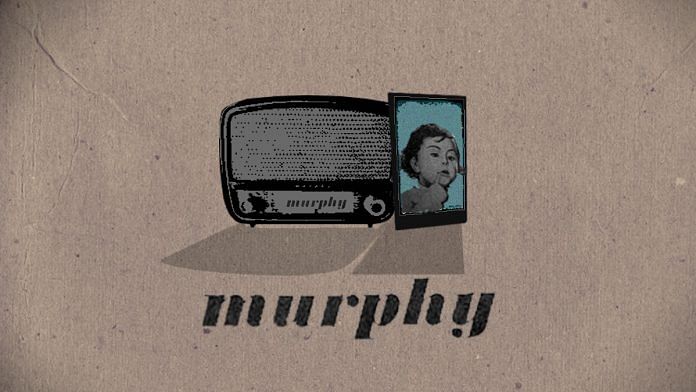New Delhi: In 1984, when Freddie Mercury sang Queen’s iconic Radio Ga Ga, little did he know that the words would turn out to be prophetic in his ancestral land, India, 30-plus years later.
“You had your time, you had the power
You’ve yet to have your finest hour,
Radio…
…Someone still loves you.”
The radio certainly has proven to be a most resilient medium. It had been proclaimed as ‘dying’ with the advent of television in the 1970s and 1980s, but in 2019, it’s an ever-expanding source of source of news, entertainment, and even monthly prime ministerial broadcasts, courtesy Narendra Modi’s Mann Ki Baat.
On 13 February, proclaimed World Radio Day by UNESCO, ThePrint brings you a small tribute to the humble radio.
A 96-year journey
Ever since the first radio broadcast in India by the Radio Club of Bombay in 1923, the medium has become a key repository of information and entertainment. From Ameen Sayani’s iconic Binaca Geetmala on Radio Ceylon, to ball-by-ball cricket commentary, to Mark Tully’s news despatches on the British Broadcasting Corporation (BBC), the radio was an indispensable companion for at least two generations of India, before the advent of television, and then satellite television and the internet.
Even today, the All India Radio (AIR)’s archive footage of classical music and news bulletins remains unparalleled.
Zohra Chatterji, former joint secretary (broadcasting) in the Information and Broadcasting Ministry, wrote in 2015: “The growth of All India Radio over the years has been phenomenal and today, AIR’s network provides radio coverage to 97.3 per cent of the population and reaches 90 per cent of the total area.”
In a nuanced piece for The Hindu last year, radio producer N. Ramakrishnan wrote: “The advent of rock-and-roll, embodying the rebellion of an entire generation of youth against the conservatism of the preceding decades, left a bigger following for radio than before and proved the predictions of the doomsayers wrong.”
His projection that the radio outlived the television-internet generation, despite the scepticism of the preceding decades, echoes exactly what Queen drummer Roger Taylor wrote in the lyrics to Radio Ga Ga — “So stick around, ‘cos we might miss you, when we grow tired of all this visual“.
Today, AIR, which holds the monopoly on radio news, broadcasts as many as 647 bulletins daily in about 90 languages. As of 8 January, even private FM channels have been allowed to broadcast news, except in “disturbed or border areas”, and in an unaltered AIR format.
Moreover, the number of private FM channels has grown exponentially in India since the turn of the millennium. In 2001, the first phase saw the auctioning of 108 frequencies. In 2005, the second phase of radio expansion left the country with 245 channels. By the end of this year, another 839 are expected to be added to the tally.
The coming of the internet, and smart mobile devices, has only also increased accessibility of the medium. Just last week, Amazon’s virtual assistant Alexa was given access to 350 radio channels, including international ones like BBC Radio 2 and ESPN radio.
According to a TechSci report released in 2014, the industry is “expected to witness double digit growth during 2014-19” and earn nearly $656 million. As the audience grows, advertisement campaigns by real estate firms, pharmaceutical firms and education institutions continue to increase.
Also read: Murphy Radio and a bonny baby are what pre-TV Indian memories are made of
A political machine
In 2014, newly-elected Prime Minister Narendra Modi began a radio series, Mann Ki Baat, on AIR. Through the monthly show, he established a personal connect with the masses, and created a platform to launch and showcase the successes of his government.
However, the idea to use the radio for political means is not a new one. Soon after a small group of private entrepreneurs began the Indian Broadcasting Company in 1927, the British colonial government renamed it the Indian Broadcasting Service, and eventually invited the BBC to help develop it into a vehicle for dissemination of its news and views.
Later, during the 1971 Bangladesh war, and even when Indira Gandhi declared the Emergency in 1975, it was the radio that was used to convey the developments across the country. Even today, most important announcements, and the government’s schemes for the farmers and the poor, continue to be disseminated through the radio.
The United Nations sees the potential of the medium, which transcends harsh terrain and reaches the people at very a low cost, as a dependable means of spreading awareness and providing disaster relief. That’s why, beginning in 2011, it has recognised 13 February every year as World Radio Day.
Someone, it seems, still loves it.
Also read: Binaca was a brand that brought toothpaste and music together






